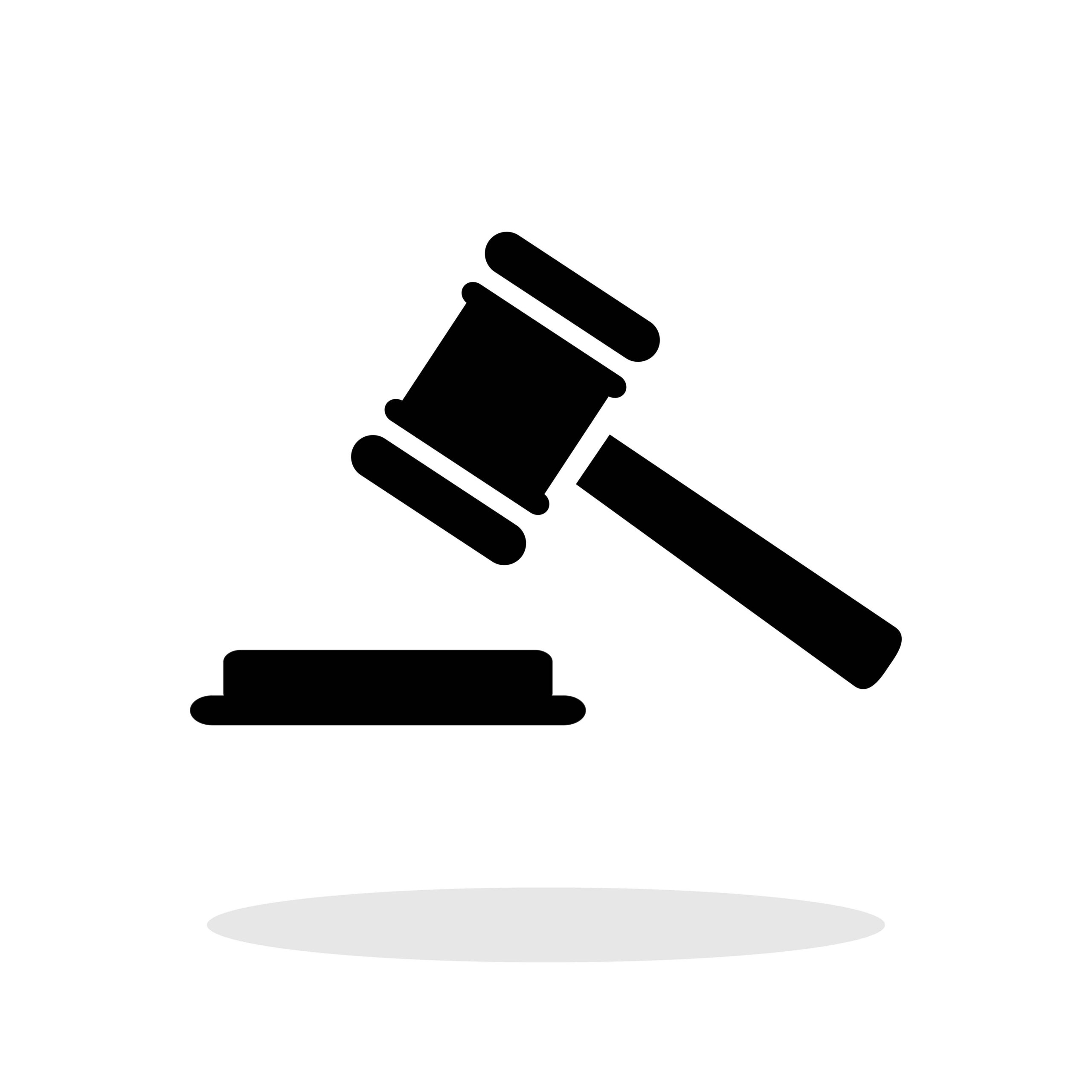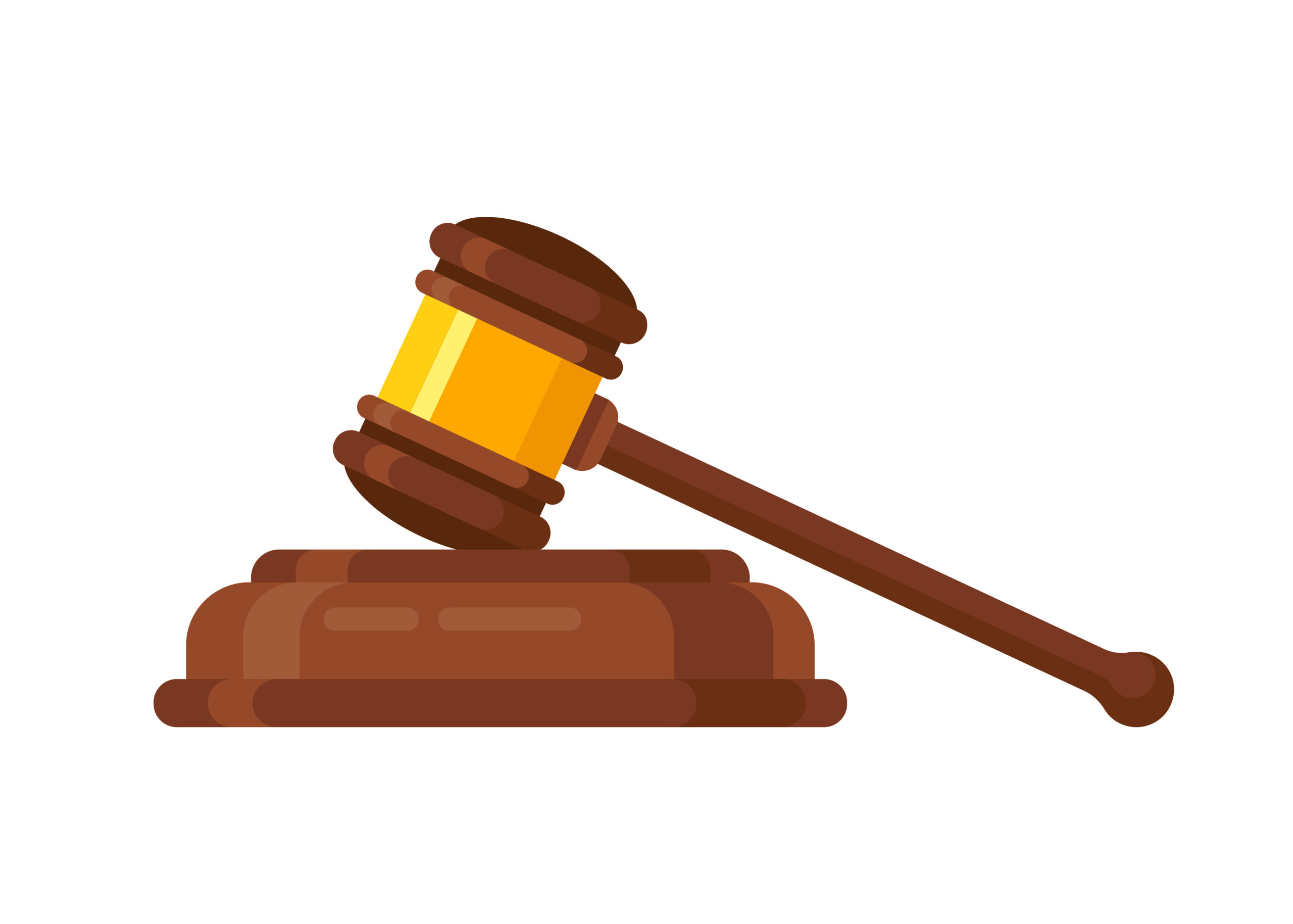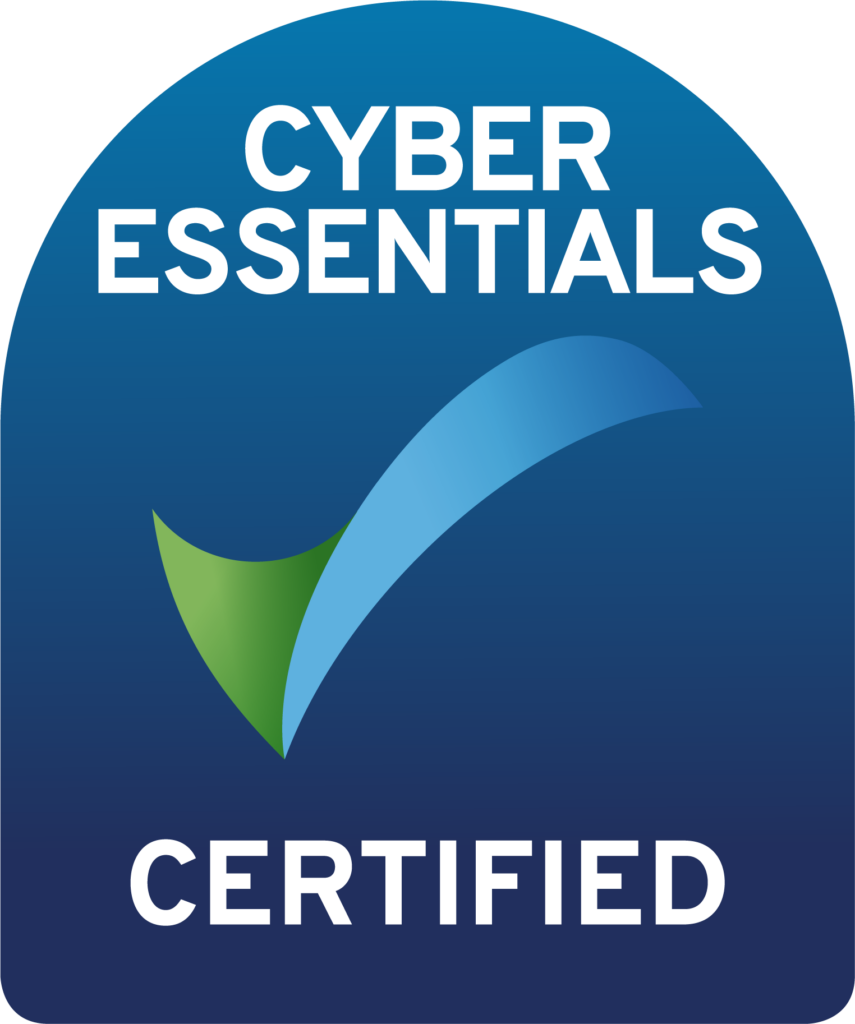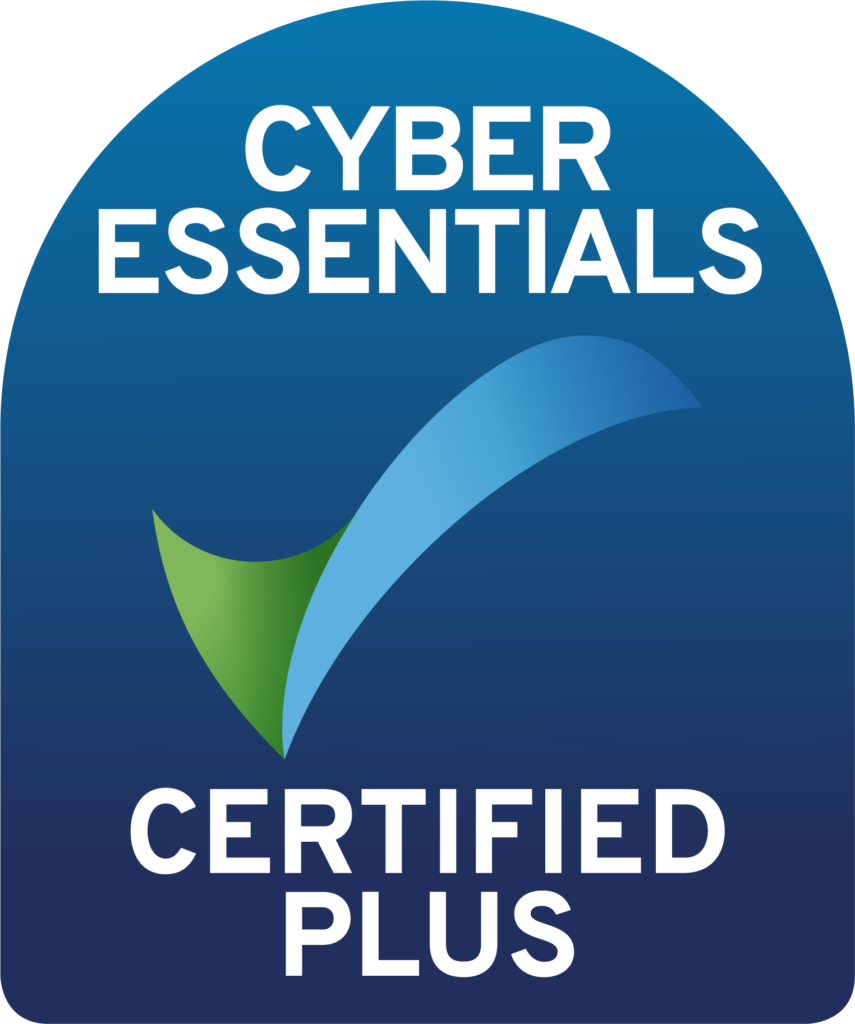Organisations recognise the need to put in place effective AI governance, but this is often easier said than done. The task often falls to legal and privacy teams to implement but data science, product and engineering teams will also have their own processes and procedures that need to be taken into account. The simple building blocks below should help you to create a practical AI governance programme that works for your organisation.
Step 1 – AI inventory
This involves mapping all of the AI that is currently being used by your organisation or which is in the pipeline. Create an inventory of all AI systems that are deployed, ensure you understand the purposes for which the AI is being used and assign an owner for each system. It is also important to identify whether systems are supplied by third parties (and, if so, by whom) or whether they are proprietary in-house systems.
Map the jurisdictions in which each AI systems is deployed. This is important to help you identify applicable legal regimes in Step 2.
Step 2 – Identify applicable laws and map legal requirements
Once you have identified all relevant AI systems and where they are deployed, you can identify all applicable legal regimes. In the UK, there are no AI specific laws, but existing laws will be applied to any AI systems. For example, if any of your systems involve personal data, UK GDPR will apply. For EU jurisdictions the EU AI Act will apply, as well as EU GDPR. And you will need to check local laws in any other affected jurisdictions as well.
Once you have identified all applicable laws, map out the corresponding legal obligations. There is no easy way to do this – a simple spreadsheet seems basic but is often the easiest option.
Step 3 – Identify Required Processes
Consider what processes you will need to implement to ensure compliance with legal requirements. You may have existing processes that can be leveraged, or you may need to build an entirely new process. For example:
• Do you have an existing DPIA procedure that can be adapted to also capture AI issues?
• Are there procurement gateways in place that can be used to put in place AI checks?
• What processes do your product / engineering teams follow to initiate new projects and how can you use these to embed AI assessments?
Step 4 – Governance Structure
When you have mapped out all applicable legal requirements and identified the processes that you will require to ensure compliance, this should give you a good starting point to consider who is best placed to manage and have oversight of AI systems and processes. Often this will involve the following:
• AI Oversight Committee – made up of senior management who have overall responsibility for approving AI strategy and signing off on high-risk AI systems.
• AI Operational Ownership – these are the teams who take ownership of the deployment of AI systems and are ultimately responsible for ensuring compliance with all legal requirements and internal policy requirements.
• AI Advisory teams – these are the teams who will provide advice on technical and regulatory aspects of AI deployment. This will include subject matter experts, your legal and compliance advisers and may include both internal and external resources.
Step 5 – Documentation
Document your approach to AI governance so that everybody has clear guidance on their roles, what is permitted and the procedures that must be followed. This is likely to include:
• Organogram showing key roles and responsibilities.
• Terms of Reference for your AI oversight committee.
• Detailed role descriptions for AI owners mapping out their responsibilities.
• AI Policy, which may include AI ethics / values, as well as procedural requirements.
• AI assessment documents to enable you to risk assess AI systems and mitigate risks appropriately.
• AI monitoring procedures.
• AI reporting procedures to ensure that relevant projects get escalated to the AI oversight committee for approval.
Step 6 – Guidance and Training
Once your procedures and documentation are finalised you will need to socialise them within your organisation to ensure that everybody understands the requirements and their responsibilities. Regular training should be scheduled for all relevant teams.
Step 7 – Monitoring and Evaluation
An AI system that works perfectly on day 1 will not remain perfect forever. Systems improve, training data needs to be refreshed and business requirements change. Your AI governance programme should therefore include ongoing monitoring and evaluation of your AI systems to ensure they remain compliant and fit for purpose.
You should also evaluate your AI governance programme at least annually to ensure that it is working as intended and to consider tweaks and improvements.
Need help?
If you need help with getting to grips with AI, please get in touch with the HelloDPO team. We can assist with preparing AI governance programmes, drafting policies and procedures and delivering training. Contact us here.



